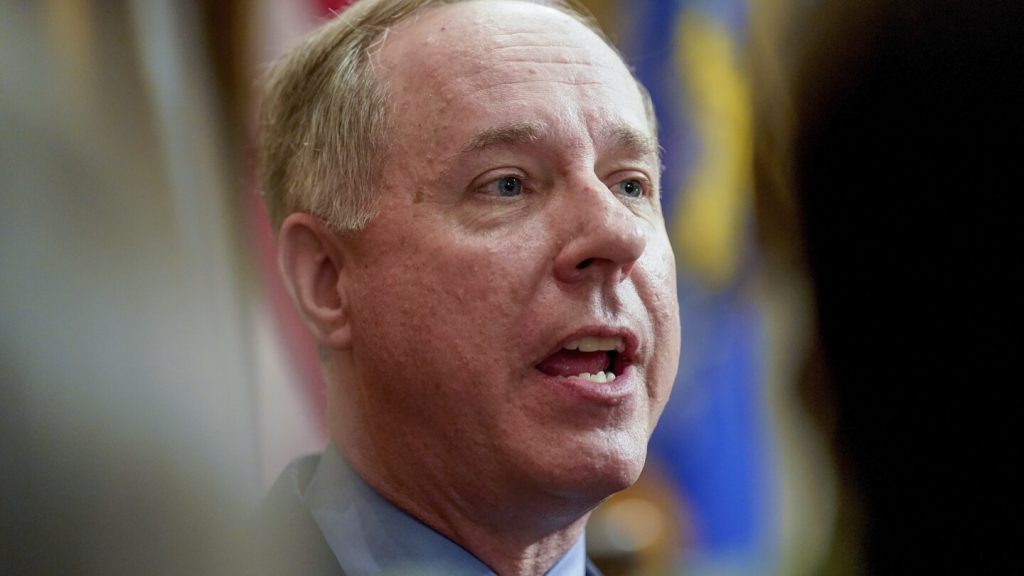Democrats in Wisconsin are optimistic about their chances of gaining control of the state’s legislative chambers, particularly the Assembly, for the first time in over a decade. This shift in power is largely attributed to Governor Tony Evers’ new district maps, which have opened up almost two-thirds of the Assembly seats for this election cycle. Republicans are expected to maintain their majority in the Senate, but the potential for Democrats to take control of the Assembly has energized their party members. Senate Minority Leader Dianne Hesselbein expressed a desire for less partisanship in state politics, signaling a potential shift in the state’s political landscape.
Wisconsin, a key swing state in recent presidential elections, has been dominated by Republicans for the past 14 years due to gerrymandered legislative districts. The GOP has maintained control of the Senate and Assembly since 2011, implementing various conservative policies and shaping the state’s politics. However, last year saw a shift in power with liberal justices gaining control of the state Supreme Court seats for the first time in 15 years. The court invalidated the GOP-drawn legislative districts, leading to the adoption of new maps drawn by Governor Evers. The upcoming elections will test the impact of these changes on the state’s political dynamics.
In the Assembly, where all 99 seats are up for grabs this fall, retirements and redistricting changes have created opportunities for Democrats to make significant gains. Focusing on areas where President Biden won or narrowly lost in 2020, Democratic candidates are addressing key issues such as abortion, the economy, and concerns about former President Trump. Assembly Minority Leader Greta Neubauer highlighted the significance of these elections for Democrats, emphasizing the need for a majority in the Assembly. With almost 60 open seats in November, Democrats are investing heavily in campaign efforts, signaling a commitment to securing a more balanced political landscape in the state.
While Democrats are gearing up for a strong campaign in the Assembly, Republicans remain confident in their ability to maintain control. Assembly Speaker Robin Vos dismissed Democratic claims of a potential shift in power, citing the GOP’s track record of success. Republicans are banking on better candidates and voter preferences for a more conservative approach, particularly in the face of rising inflation under President Biden. Senate Majority Leader Devin LeMahieu also expressed confidence in the GOP’s position, suggesting that economic concerns will work in their favor during the elections. Both parties are preparing for a competitive political landscape in Wisconsin, with significant financial investments in key races.
In the Senate, Democrats face a steeper challenge in flipping the chamber, as they would need to win 13 out of 16 seats up for election this fall. While acknowledging the uphill battle, Senate Minority Leader Dianne Hesselbein expressed optimism for the future, predicting a potential shift in control by 2026. Democrats have pledged substantial financial resources to campaign efforts in key Senate districts, highlighting the importance of these races for their party’s long-term goals. The increased political spending in Wisconsin reflects the importance of the state as a swing state and the competitiveness of legislative races. Both parties are mobilizing resources and strategies to secure favorable outcomes in the upcoming elections, shaping the political landscape of Wisconsin for years to come.


